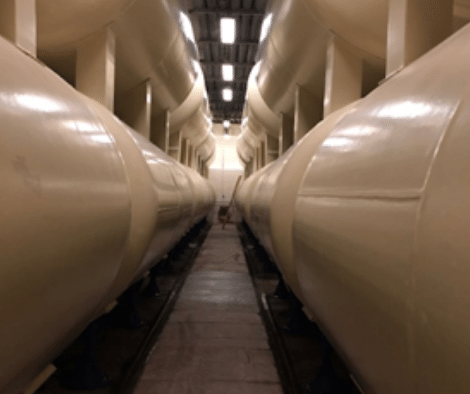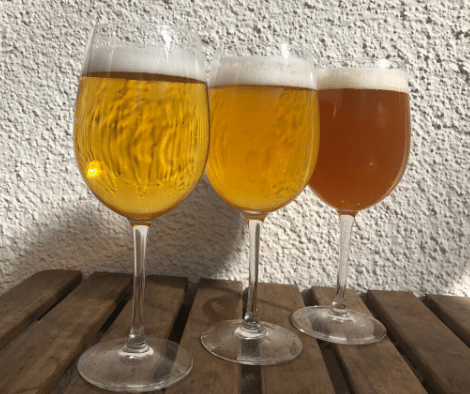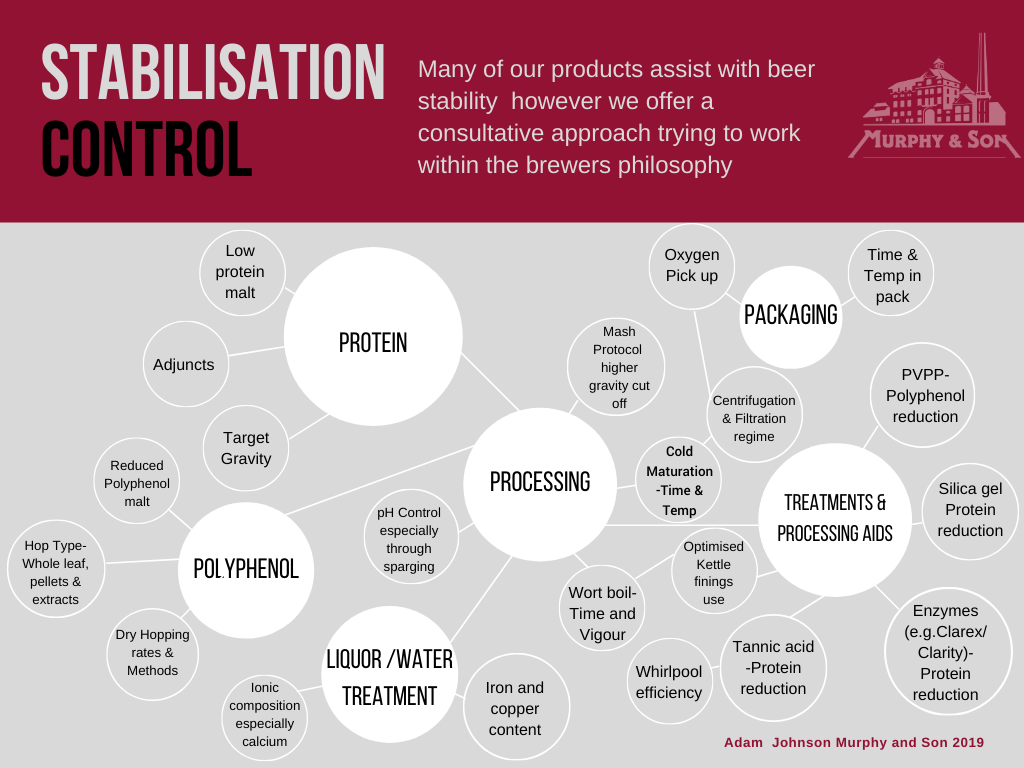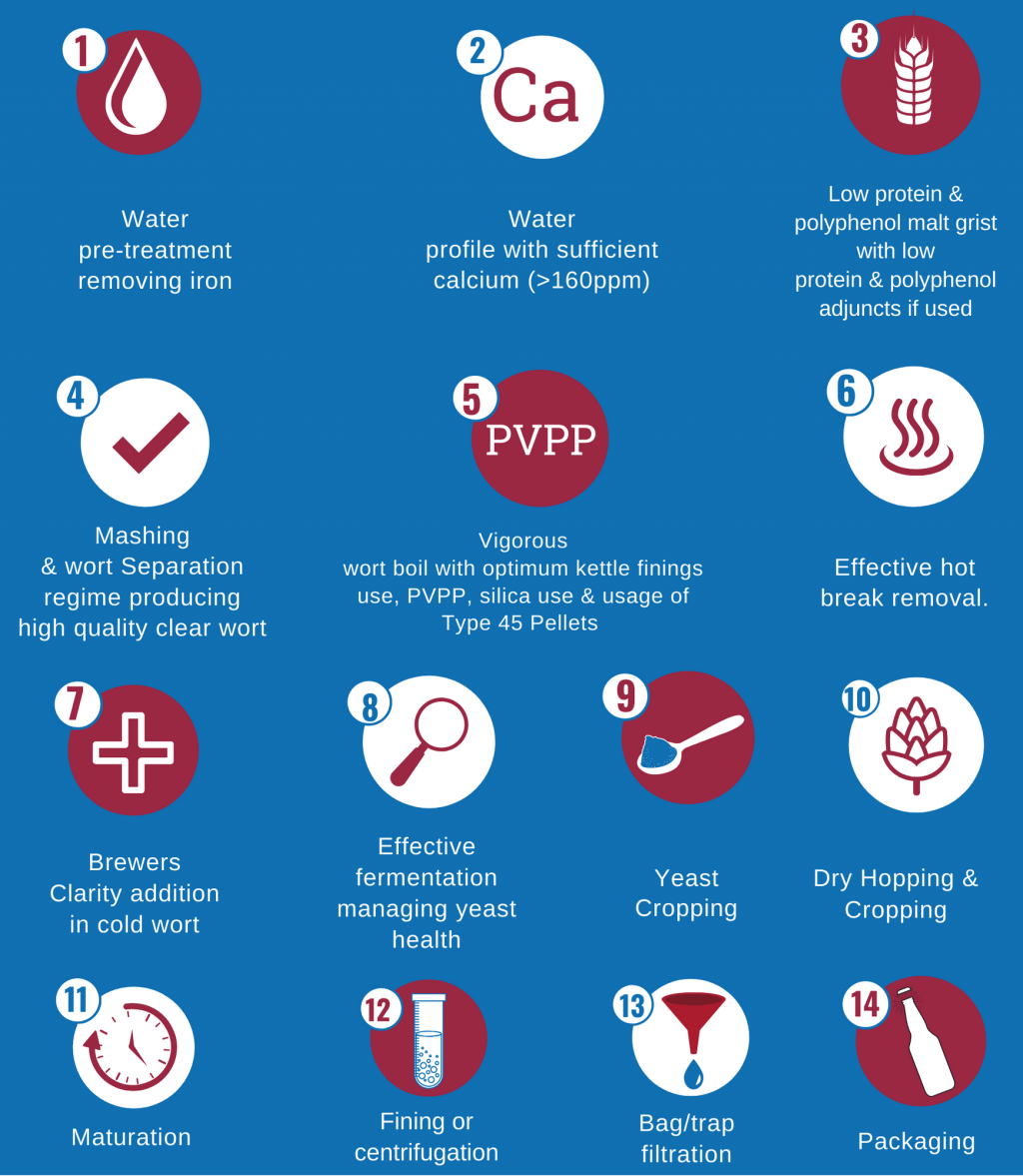Working in the brewing industry can be great fun although in a highly competitive industry brewers face a tough challenge. Quality is an area where many brewers believe they can transcend the ordinary and deliver something remarkable. Quality has many definitions and interpretations however, a personal favourite is;
“Consistently delivering or exceeding what is promised”
As a definition this can work well within the scope of expectation from the customer/consumer. A customer may be happy with the quality of a cheap burger from a fast food bar on the other hand if they received the same standard burger in a gastropub with an elevated price tag, they may well be rightly disappointed.
Brewers especially face the challenge of consistently delivering what is promised. Raw materials have inherent seasonal variation. Popular hop varieties can be difficult and/or expensive to procure. Brewing is typically a batch process with customers’ expectations and knowledge of beer varying massively.
Despite the challenges, many brewers brew great quality beers. Unfortunately, it is often the case that the beer does not maintain quality throughout the designated shelf. Drinking beer fresh from the tank is great but not always practical and the best brewers invest significantly to ensure quality remains high throughout the designated shelf life.
Recently I was fortunate enough to visit Budvar brewery in the Czech Republic and drink beer straight from the maturation tanks. This was a fantastic experience, however except for the occasional light-struck bottle, beer from Budvar is also consistently good in package, whenever and however sampled. How do brewers with reputations for high quality maintain beer stability?
Image 1-Budvar in České Budějovice. Me enjoying beer straight from the maturation tan 

Beer Stability
Beer is generally less stable than many other alcoholic beverages such as wine and spirits. Unfortunately, there is always going to be commercial pressures dictating shelf life and compromises made. Predictive shelf life trials can vary depending on the size, complexity and the level of resource available to the brewer but simply storing, sampling and recording simple quality parameters such as flavour, clarity, foam and carbonation are often overlooked by some breweries. This often provides invaluable feedback for setting best before dates, improving stability and quality and a more realistic view of how customers experience the beer.
The subcategories of Beer stability are Physical, Flavour, Biological and Foam stability. Most brewers have a rightful respect for brewery hygiene and controls and checks in place to minimise the risks of problems with biological stability. Beer foam is a complex area and better explored through reading a variety of technical articles to get a good grasp. I would particularly recommend the works of the “Pope of Foam” Professor Charlie Bamforth and our ‘Beer Foam- what you need to know’ blog by Iain Kenny found at murphyandson.wpengine.com/blog
Physical stability changes typically exhibit an increase in haze & an increase in colour. This is coupled with unpleasant oxidised flavours. Dependant on the beer style brewed, many brewers will target a specific level of clarity. Beer haze can be defined as small particles suspended in beer scattering light, which we perceive as decreasing the transparency of the beer.
Very small particles <2 Micron may be considered colloidal as they are too small to settle under the influence of gravity over time. Larger particles such as brewing yeast (typically 5-10 microns in diameter) will typically settle naturally given enough time. Haze measurements are made through instruments, which emit and measure light at a fixed angle. This gives a quantifiable figure; Typical units are EBC, ASBC, NTU and FTU.
Fig 1- Example of clarity with targets for certain beer targets (90ͦ Scatter)
<0.8 EBC for beers they want exceptionally bright such as a pilsner or red ale
~5 EBC for a hoppy IPA
~100 EBC for an NEIPA
Maintaining these targets throughout the product shelf life, showing care attention and consistency is a common physical stability goal for the best brewers.
Fig 2- A summary of factors involved in physical beer stability
Common treatment strategies
In this section, the focus will be on producing clear stable beer. If this is not the brewers intended goal, an understanding should still be useful in producing other clarity goals. Protein, polyphenol, polysaccharide and yeast are all common causes of haze in beer. Effective raw material selection, processing and treatments need to align to produce clarity and physical stability.
Raw materials
- Buying low nitrogen malts e.g. 1.6-1.8% Nitrogen
- The use of low protein and polyphenol adjuncts such as Sugar, Maize and Rice to dilute haze precursors.
- Low polyphenol malt is available and can be used to dramatically reduce polyphenol levels
- Avoid running to low gravity as most malt polyphenol is extracted during the last runnings.
- Hop selection and rates. E.g. T45 vs T90
- Ensure sufficient calcium levels in the water profile; this will assist with protein precipitation. Calcium is also important for yeast flocculation and precipitation of calcium oxalate (beer stone) upstream in the process.
- Control of metal ions, especially Copper and Iron, as these accelerate oxidation.
Processing
- Effective mashing and wort separation achieving complete starch conversion and low wort turbidity
- Effective wort boil, trub formation and separation. Hot break carry-over can have a disastrous effect on clarity and stability.
- Selection and correct usage of appropriate brewing aids.
- Cold maturation time and temperature, shorter times at very cold temperatures have been shown to be more effective at achieving improved stability than prolonged storage at warmer temperatures e.g. 3 days at -2 ͦC rather than 3 weeks at 0 ͦ C
- Centrifugation and filtration require careful controls if used! E.g. prevention of oxygen pick up.
Brewing Aids
- Correct use of Kettle finings such as Protafloc can provide multiple benefits including improved clarity and stability, a low dose rate with a convenient addition point makes them a very popular processing aid. Optimum use of finings upstream will make downstream clarification much easier, even without sophisticated clarification equipment such as centrifuges and filters.
- Auxiliary finings can be silicate or carbohydrate based and like all finings agents work by aggregating particles to increase their relative size. Although often used in conjunction with isinglass, especially for cask beer, auxiliary finings can be used as clarifiers in their own right. Principally removing protein although it can also have up to a tenfold decrease in yeast count. Auxiliary finings can work nicely in conjunction with centrifuges to further remove protein and improve clarity and stability.
- Isinglass is a fantastic beer clarifier providing rapid sedimentation of yeast and some protein material, formulations such as Allkleer are relatively forgiving and form stable sediments with optimum rates. Although arguably the best beer clarifying agent, many brewers are now looking to retain vegan friendly products so are looking at other tank clarifying options. Isinglass remains the clarifier of choice for cask-conditioned beer.
- Tank clarifiers such as Super F may be slightly less forgiving than Isinglass, they are however suitable for vegan friendly beer production and do not require special storage conditions. Tank clarifiers can be used independently or to supplement other beer clarification strategies.
- Traditional stabilisers- such as silica gels and PVPP (PolyVinylPolyPyrolidone) have been used in brewing industry for many decades by targeting the common precursors for colloidal haze, haze sensitive proteins and polyphenols. Silica gels target haze sensitive proteins through absorption. Different types and grades are available to suit various processing options. PVPP treatments selectively target polyphenols associated with haze during beer aging, there is also some evidence showing that beer treated with PVPP also shows reduced astringency. Both treatments are insoluble and are typically applied in maturation or just prior to filtration where they are removed.
- Brewers Clarex (Brewers Clarity is the same product repacked for the craft market). Although enzymes have previously been used to improve physical stability, brewers Clarex/clarity has become extremely popular in recent years. Larger brewers see economic and processing advantages and craft brewers find ease of use and low dose rates appealing. A wide variety are also utilising the endo-protease to produce gluten removed beers
With the immense popularity of hop forward beer styles, clarification and stabilisation preferences modified to suit these styles retain the fresh hop aroma and flavour the brewer has spent time and money building into the beer.
Rather than traditional filtration options many brewers are opting to use finings, centrifuges or extended conditioning times to achieve the clarity goals whilst retaining precious aromas. To achieve stability goals brewers are selecting from the clarification options outlined above & stabilising upstream in the process wherever possible.
Example production considerations for a fictional beer
Oxygen
Oxygen control throughout brewing is much discussed and a critical factor for flavour and the physical stability of beer especially post fermentation and clarification. We thankfully live in an oxygen rich environment but aside from the oxygen required at the start of fermentation for the synthesis of saturated fatty acids and sterols; oxygen in brewing is the enemy.
Being highly reactive, the old chemistry teacher’s favourite of OILRIG (Oxidation Is Loss and Reduction Is Gain) still applies when discussing electron transfer. Oxygen is often present in triplet state, which is not very reactive but when activated by light or heat energy or catalysed by metals such as iron or copper forms highly reactive radicals. These interact with beer compounds to the detriment of beer quality
- Stale flavour compounds
- Increased beer colour
- Increased astringency
- Accelerated chill and permanent haze formation
A well-respected head brewers’ adage;
“If it is measured it can be controlled”
Measurement of key parameters is crucial to putting controls in place through the brewing process, ensuring consistency. Although beer was made before we could measure specific gravity, pH and temperature doing so now would feel like driving with your eyes closed.
Oxygen has been less commonly measured in craft breweries due to the prohibitive costs of appropriate equipment along with the resources needed to maintain the equipment in good working order. Better instruments, which are more practical and cost effective are now available and allow the brewer to measure dissolved oxygen (DO) are available.
Potential measurement and control points;
- Checking empty vessels to see if they have been purged of oxygen effectively
- Clarification areas such as centrifugation or filtration
- Line flushing and beer transfers
- Bright beer tanks prior to packaging
- In pack
Some dissolved oxygen meters have a very wide measurement range 4 ppb to 20 ppm and this would allow the meter to be used to optimise wort oxygenation.
Live yeast cells have a great capacity for absorbing oxygen and can readily protect against the effects of oxygenation in beer. Packaging with a controlled volume of viable yeast such as 0.75-1 million cells per ml can vastly improve the keeping qualities of beer. However, great controls need to be in place to control attenuation. As pasteurisation is not typically employed and even when other microbial stabilisation controls are in place such as “sterile filtration” are employed and the yeast re-seeded the yeast handling & hygiene standards required are very high.
Summary
Quality is much easier to talk about than to achieve!
It is the culmination of all the steps taken with care and attention to deliver what is promised. Beer stability is a consideration in many of those steps, therefore it can be elusive to achieve. Endeavouring to do so may feel like a never-ending task much like Sisyphus in Greek mythology or the painting of the Forth road bridge in Scotland.
However, a recent article suggested the never-ending paint job wouldn’t need to be undertook again for over 20 years due to new techniques and materials so there may be hope for the brewer trying to achieve beer stability. Murphy and Son are certainly still investigating ways to help!




